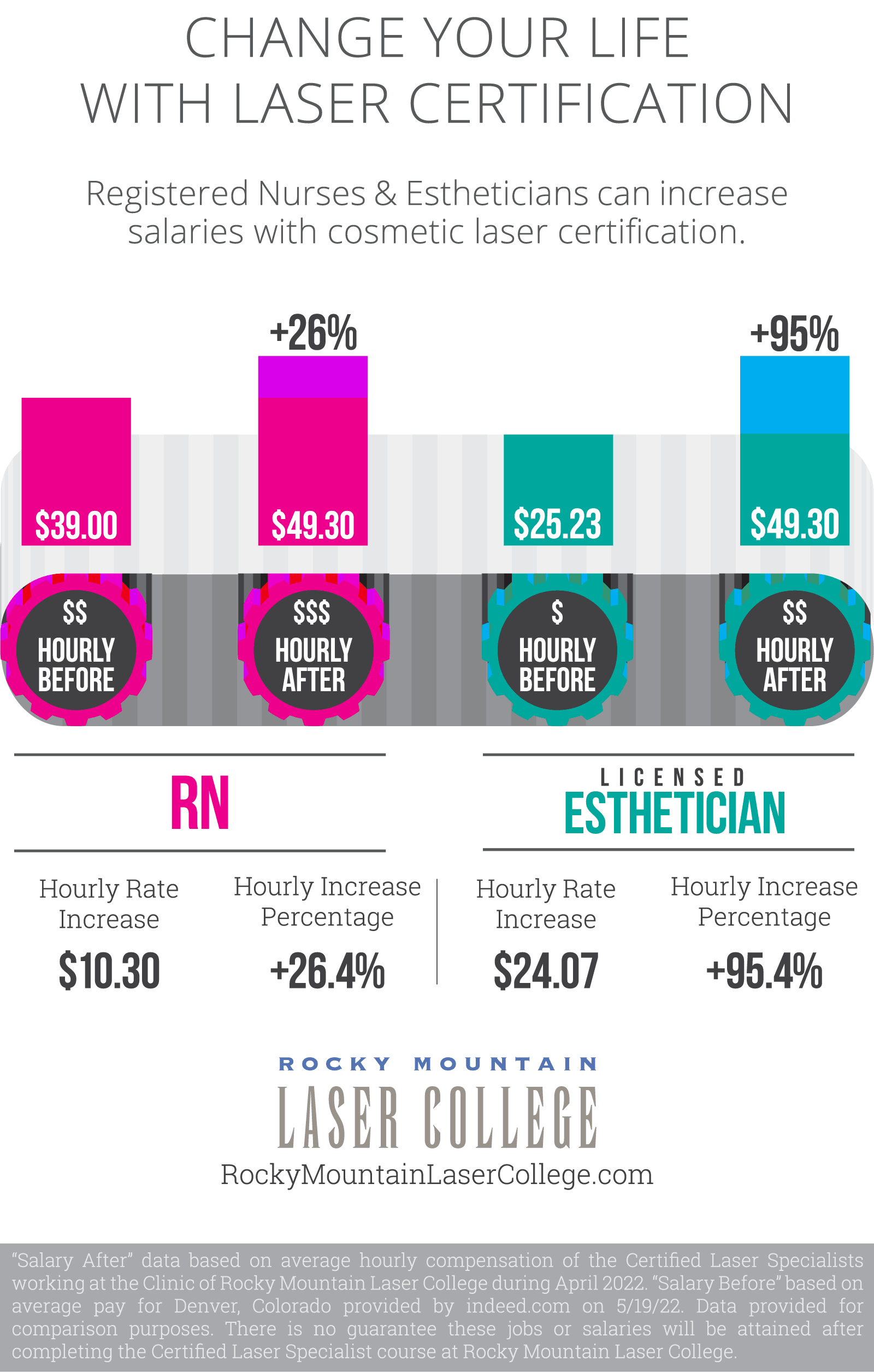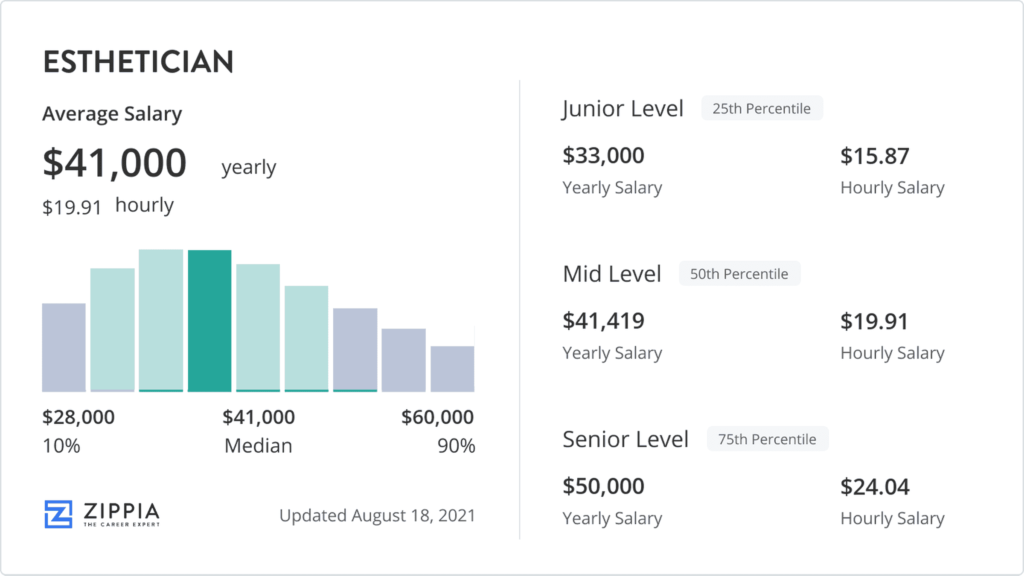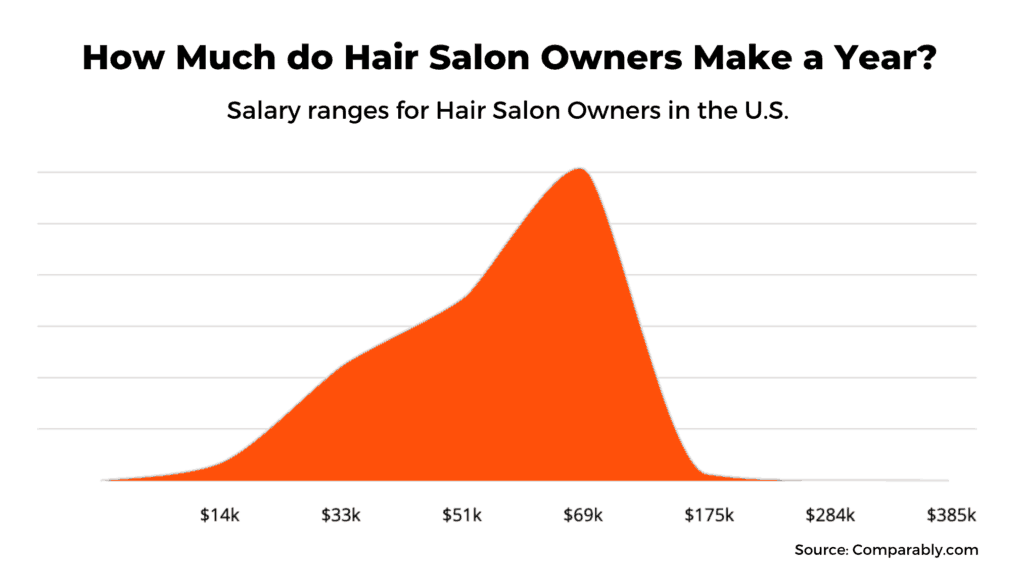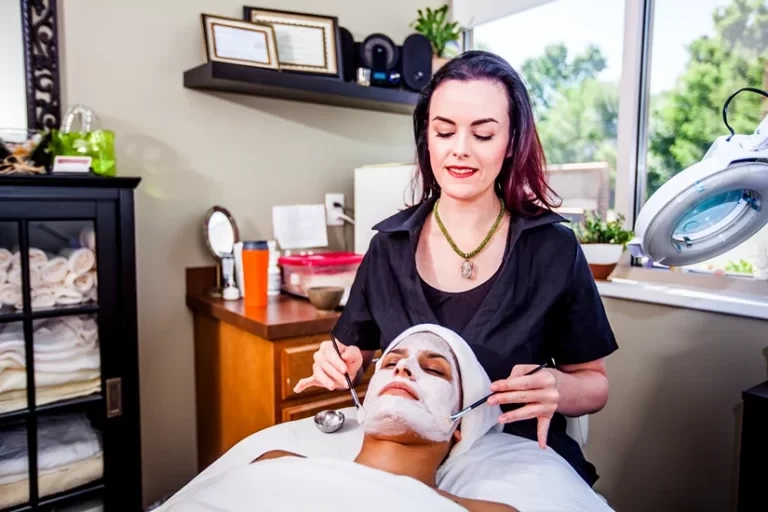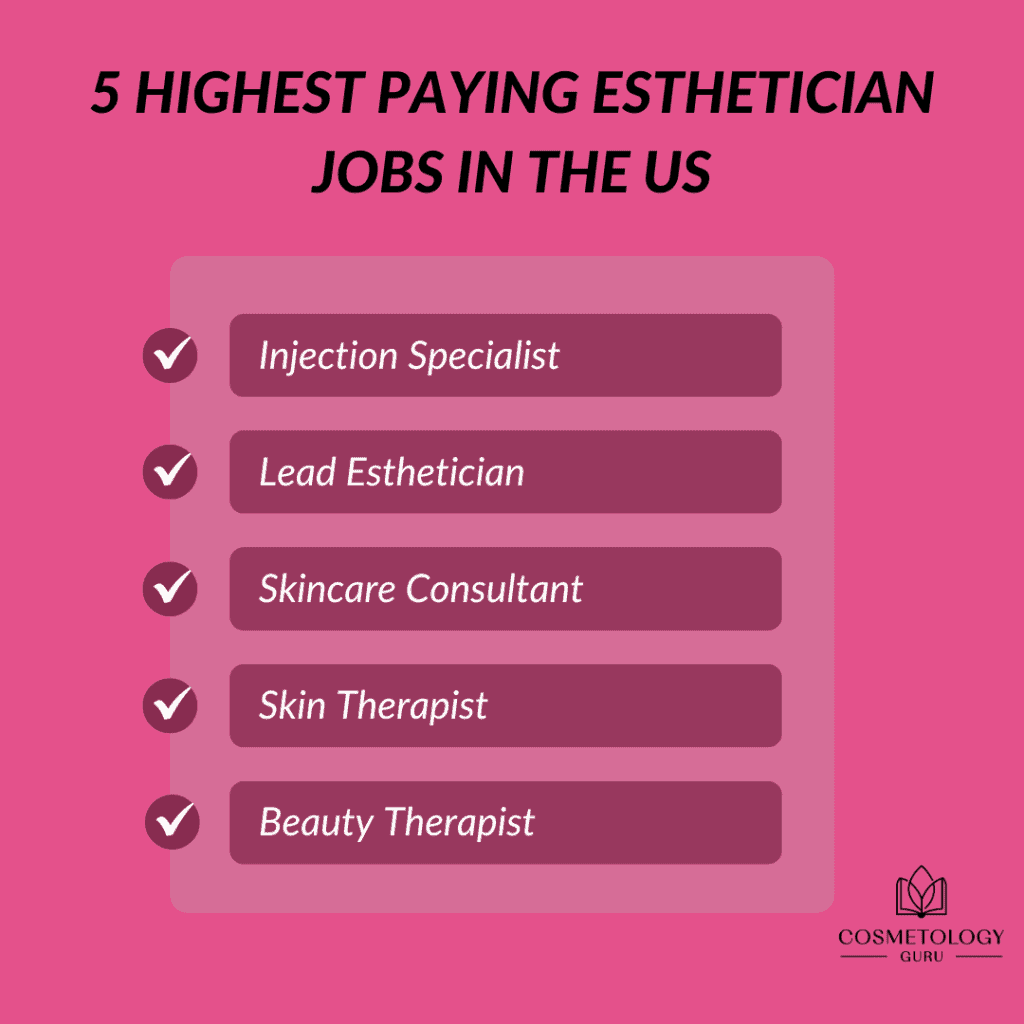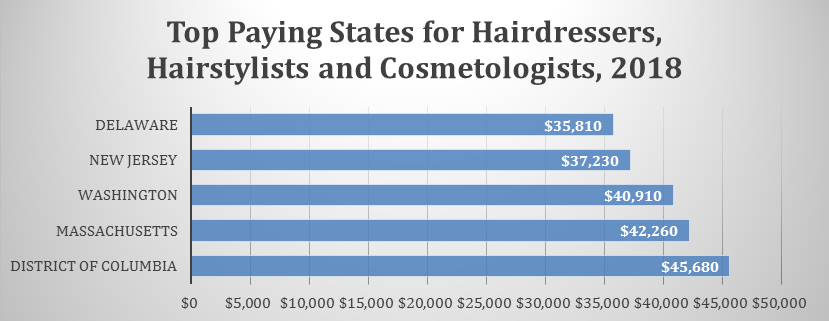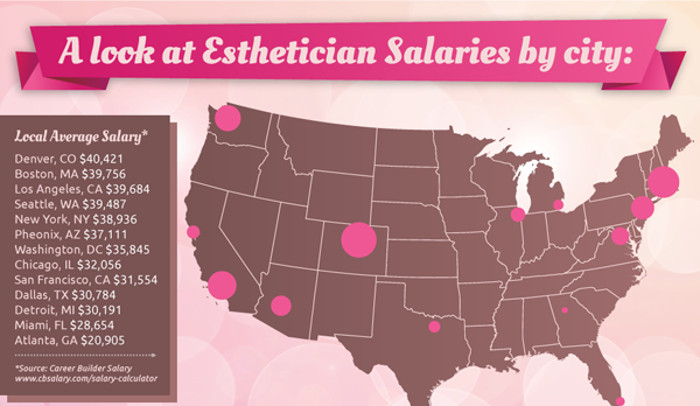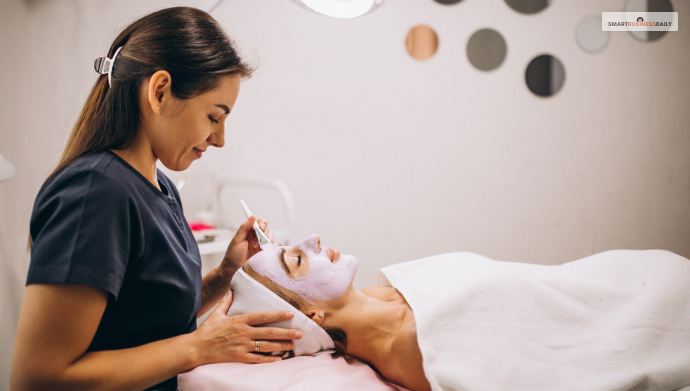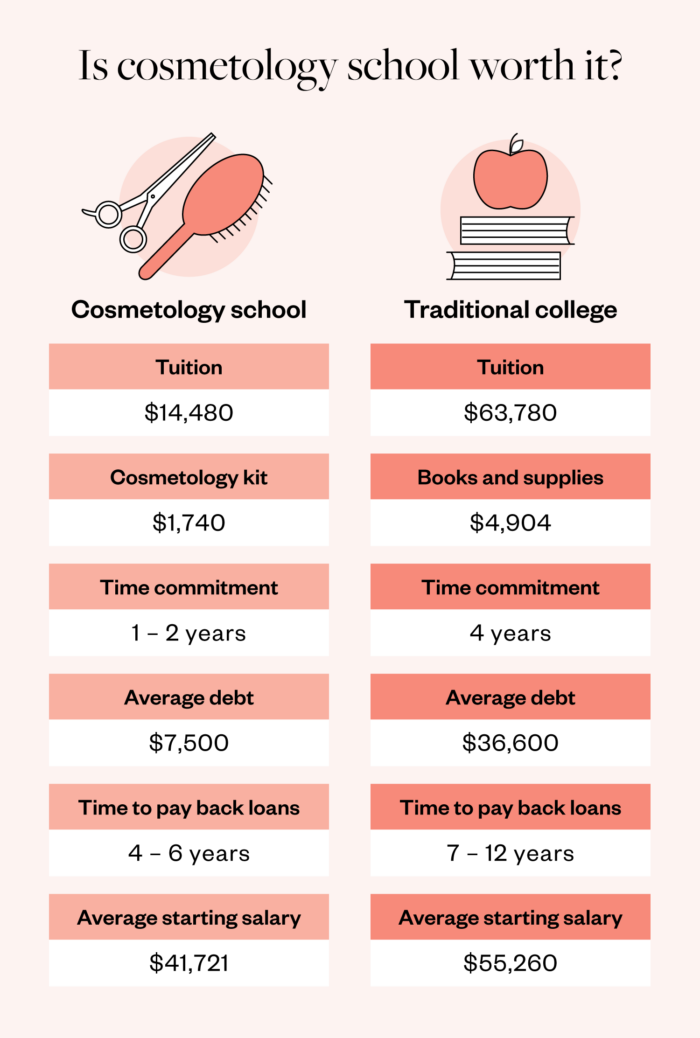How Much Does A Esthetician Make An Hour
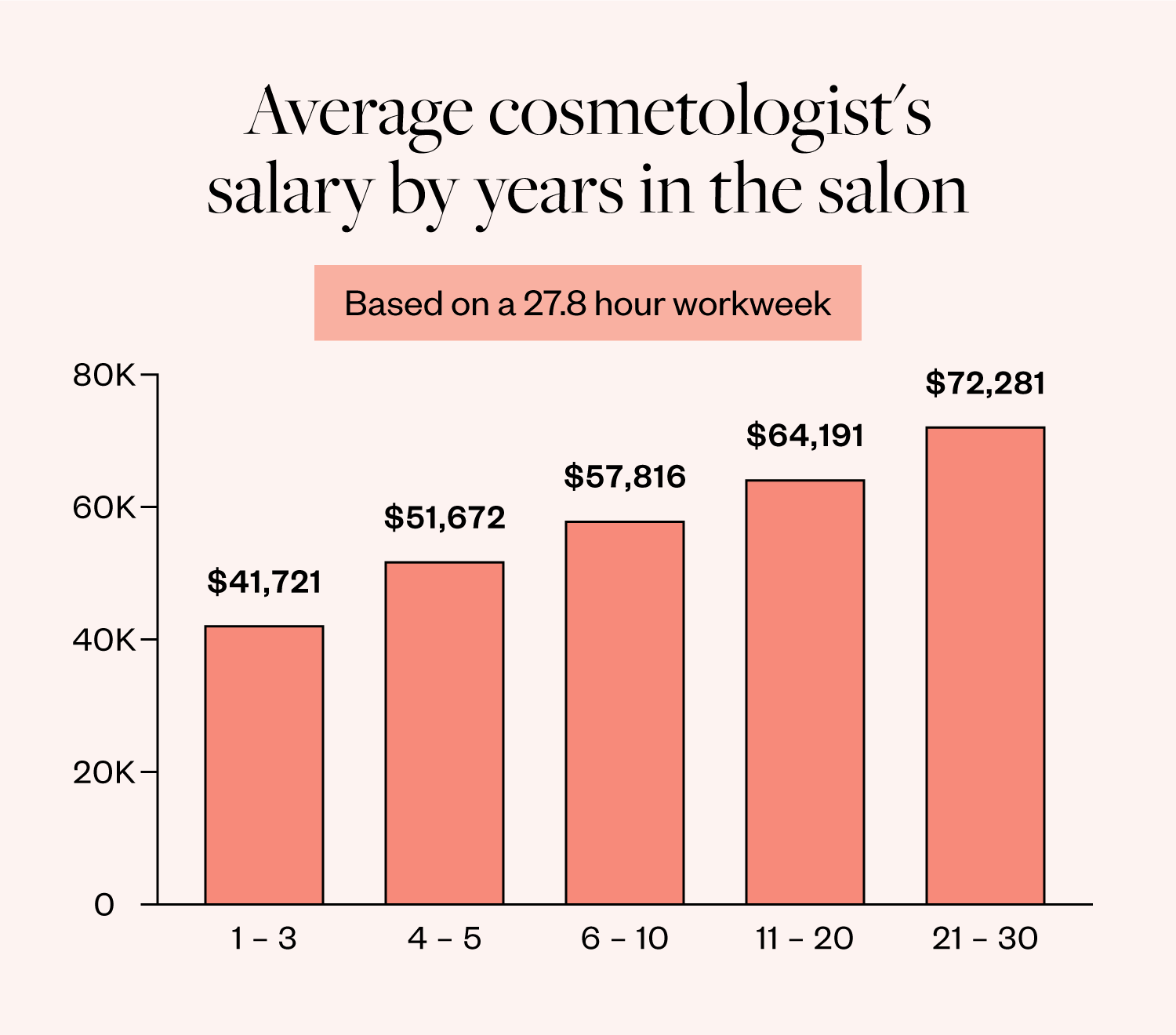
The allure of a career in esthetics, promising both personal fulfillment and financial stability, draws many individuals to skincare and beauty. But beyond the promise of glowing skin and satisfied clients lies a crucial question: How much does an esthetician actually earn per hour? The answer, as with many professions, is nuanced, varying significantly based on location, experience, specialization, and employment model.
This article delves into the hourly earnings of estheticians, providing a comprehensive overview of the factors influencing their pay. We examine data from reputable sources, explore regional disparities, and analyze the impact of advanced certifications and specialized skills. This will provide aspiring and practicing estheticians with a clearer understanding of the financial landscape of their chosen profession.
Understanding the Hourly Wage Landscape
According to data from the U.S. Bureau of Labor Statistics (BLS), the median hourly wage for skincare specialists, including estheticians, was $19.67 in May 2023. However, this figure represents the midpoint of the earning distribution, meaning that half of all skincare specialists earned more than this amount, and half earned less. It's crucial to understand this is just an average.
Indeed.com, a popular job search platform, provides a slightly different perspective, reporting an average hourly wage of $21.66 as of November 2024. This discrepancy highlights the importance of consulting multiple sources and considering the specific methodologies used in data collection.
Factors Influencing Hourly Earnings
Several key factors contribute to the variability in hourly wages for estheticians. Experience is a major determinant; entry-level estheticians typically earn less than those with several years of experience and a loyal client base. Location also plays a significant role, with estheticians in major metropolitan areas or affluent suburbs often commanding higher rates due to a higher cost of living and greater demand for skincare services.
Location, Location, Location
Geographic location significantly impacts earning potential. States with higher costs of living, such as California, New York, and Hawaii, tend to offer higher hourly wages to compensate for the increased expenses. For example, an esthetician in San Francisco is likely to earn more per hour than one in a rural town in Mississippi.
The demand for skincare services can also vary by region. Areas with a strong focus on health and wellness or a large population of affluent individuals may see higher demand and thus, higher wages for estheticians. This is especially true in areas with a thriving tourism industry.
The Power of Specialization and Certification
Estheticians with advanced certifications and specialized skills, such as laser hair removal, microblading, or medical esthetics, often earn significantly more than those with basic training. These specialized services require additional training and expertise, allowing estheticians to charge premium rates. Investing in continuing education and certifications can be a strategic move to boost earning potential.
Moreover, certifications from reputable organizations can enhance credibility and attract a higher-paying clientele. The National Coalition of Estheticians Association (NCEA) is a respected credentialing body.
Employment Model: Employee vs. Independent Contractor
The employment model also greatly affects hourly earnings. Estheticians can be employees of salons, spas, or medical offices, or they can work as independent contractors renting space or operating their own businesses. Employees typically receive a fixed hourly wage or salary, plus benefits, while independent contractors have the potential to earn more but are responsible for their own expenses and taxes.
Independent contractors often work on a commission basis, earning a percentage of the revenue they generate. This can be advantageous for skilled estheticians with a strong client base, as they can directly benefit from their hard work and expertise. However, it also carries the risk of fluctuating income, especially during slow periods.
Negotiating Your Worth
Whether you're an employee or an independent contractor, understanding your worth is crucial for negotiating a fair hourly rate. Researching industry standards in your area and highlighting your skills and experience can help you make a compelling case for a higher wage. Don't be afraid to advocate for yourself and negotiate based on your contributions.
Building a strong portfolio of your work and gathering testimonials from satisfied clients can also be powerful tools in salary negotiations. Demonstrating your value to potential employers or clients can justify a higher hourly rate and increase your earning potential.
Looking Ahead: The Future of Esthetician Earnings
The demand for skincare services is projected to grow in the coming years, driven by an aging population and an increasing focus on personal appearance. This suggests a promising outlook for the esthetics profession, with the potential for increased earning opportunities. Embracing new technologies and staying abreast of industry trends will be essential for estheticians to thrive in this evolving landscape.
Continuing education and specialization will remain key factors in maximizing earning potential. Estheticians who invest in their skills and knowledge will be well-positioned to capitalize on the growing demand for skincare services and command higher hourly rates. The future of esthetics looks bright, with ongoing opportunities for growth and financial success.
